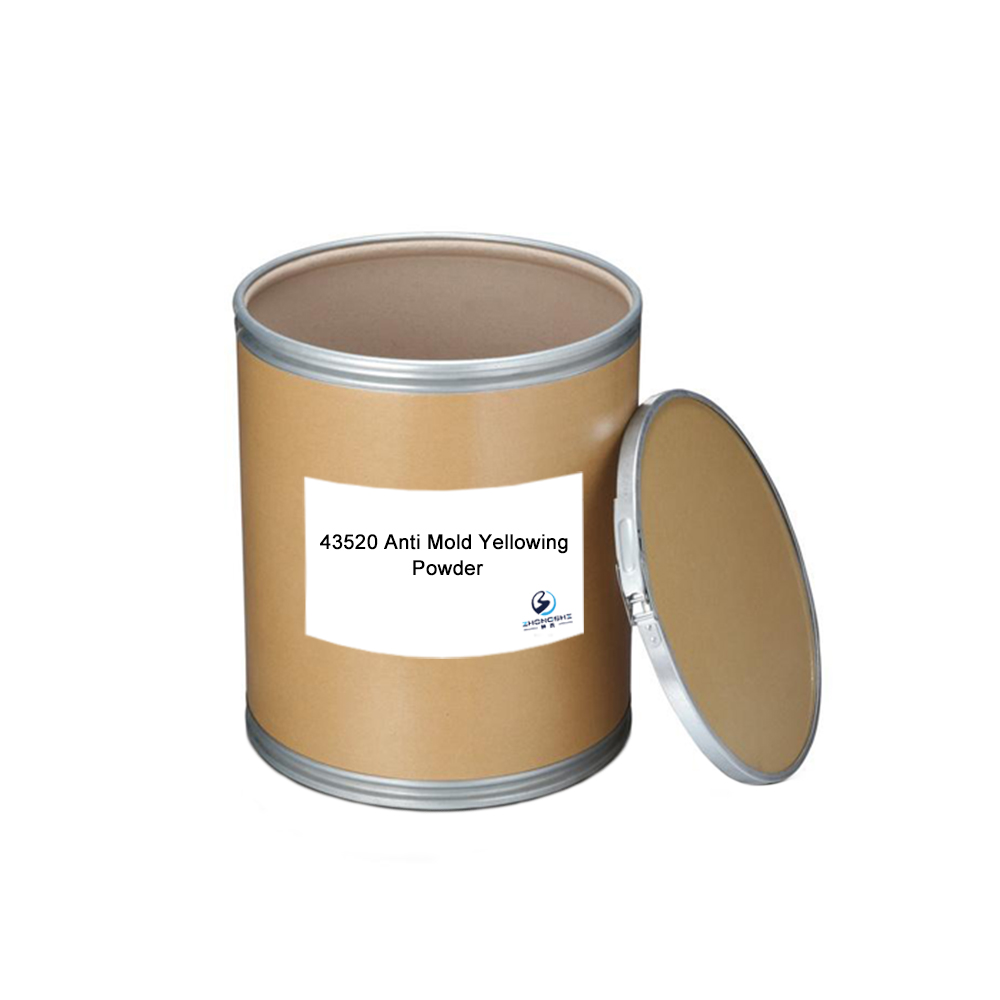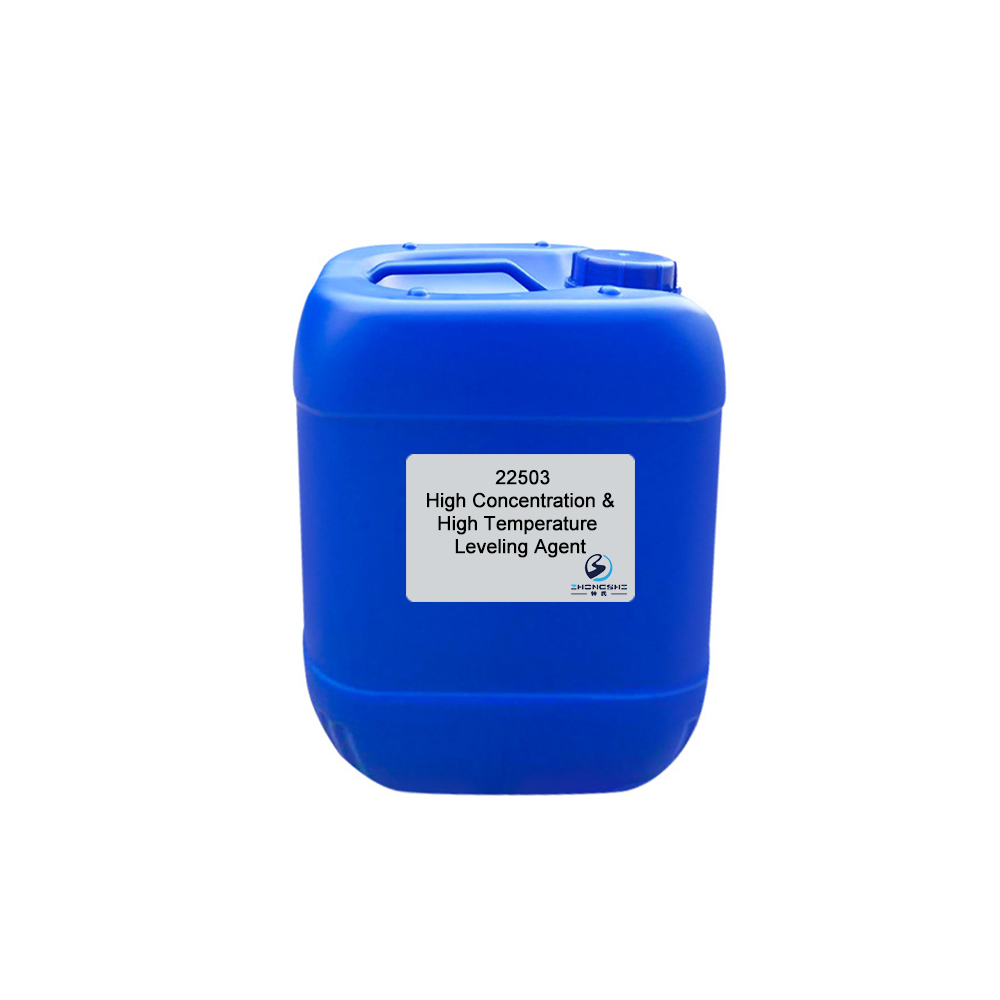Anti Mold Yellowing Powder 43520, Anti Yellowing Agent, Anti-oxidation Agent, Textile Finishing Agent
To meet the customers’ over-expected pleasure , we have now our solid crew to supply our greatest all round assistance which includes marketing, sales, planning, production, top quality controlling, packing, warehousing and logistics for Anti Mold Yellowing Powder 43520, Anti Yellowing Agent, Anti-oxidation Agent, Textile Finishing Agent, We’ve been sincerely seeking ahead to cooperate with shoppers everywhere in the earth. We consider we are able to satisfy along with you. We also warmly welcome buyers to visit our manufacturing facility and purchase our products.
To meet the customers’ over-expected pleasure , we have now our solid crew to supply our greatest all round assistance which includes marketing, sales, planning, production, top quality controlling, packing, warehousing and logistics for Anti yellowing agent, anti yellowing powder, Anti-oxidation Agent, Dyeing auxiliary, Fabric additive, Fabric agent, Finishing agent, Textile Auxiliaries, Textile Chemical, yellowing removing agent, Our technical expertise, customer-friendly service, and specialized goods make us/company name the first choice of customers and vendors. We have been looking for your inquiry. Let’s set up the cooperation right now!
Features & Benefits
- Excellent property of resistance to high temperature oxidation or yellowing.
- Effectively prevents and reduces gas fading.
Typical Properties
| Appearance: | White granule |
| Ionicity: | Nonionic |
| pH value: | 7.5±1.0 (1% aqueous solution) |
| Solubility: | Soluble in water |
| Application: | Nylon, spandex and nylon/ spandex, etc. |
Package
50kg cardboard drum & customized package available for selection
TIPS:
Properties of softeners
The essential properties of a textile softener are as follows:
(1) Available in forms convenient to handle: stable liquid, predilutable and dosable
(2) Compatible with common textile auxiliaries
(3) Nonvolatile and stable in high temperature
(4) Nonyellowing
(5) Should not affect color fastness of dyed materials
(6) Low foaming and shear stable; does not deposit on rollers
(7) Preferably applicable by exhaust processes with good properties
(8) Eco-friendly, nontoxic and dermatologically safe
(9) Biodegradable
(10) Good price–performance relationship
The requirement profile for textile softeners is:
(1) Textile characteristics: handle, volume, softness, fall and odor
(2) Mechanical properties: stretch, elasticity, abrasion resistance, tensile strength, tear strength, smoothness, pilling tendency and sewability
(3) Functional properties: moisture management (hydrophilic/hydrophobic), antistatic, flame retardant, dirt resistant, sewability, rope crease prevention and antimicrobial
(4) Factors specific to production: environmentally acceptable (in manufacture and use); resistant to acids, and alkalis; stability to heat and frost during storage; jet suitability (reduced foaming and stable shear force; viscosity suitable for metering; good solubility and compatible with bleach liquor, dye liquor, optical brighteners, synthetic resins and other chemical finishes









